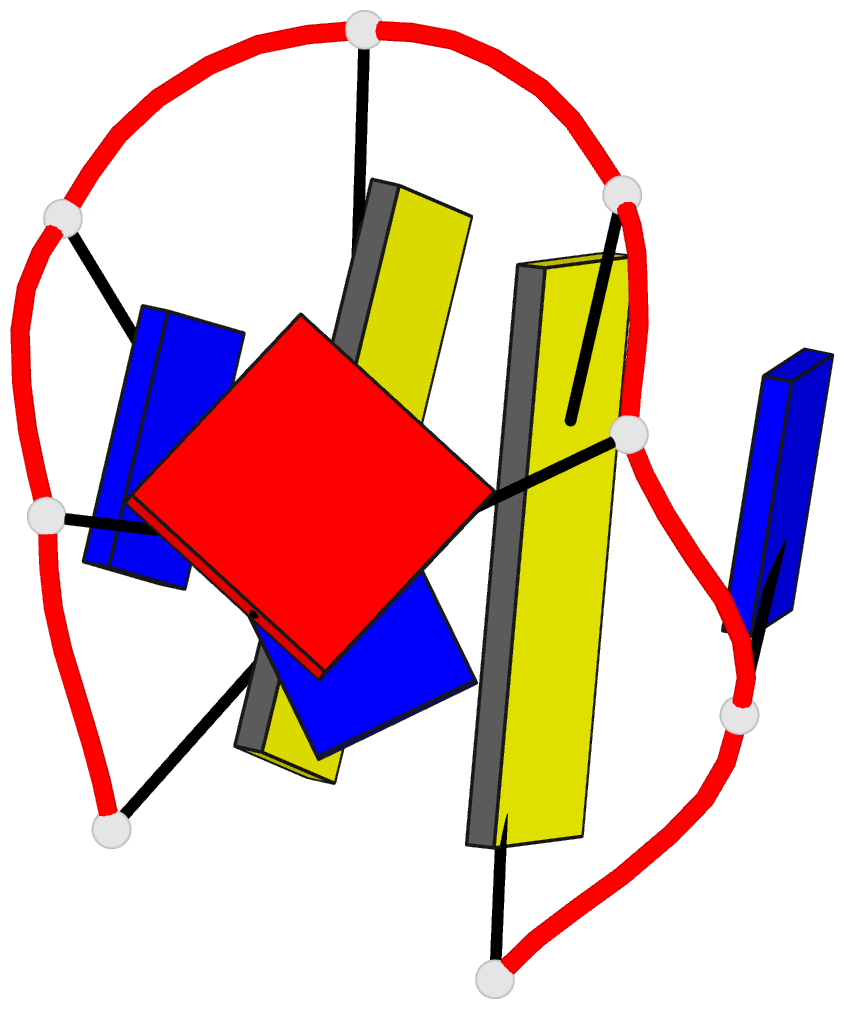Summary information and primary citation
- PDB-id
-
6m0c;
DSSR-derived features in text and
JSON formats
- Class
- DNA
- Method
- NMR
- Summary
- Solution NMR structures of DNA minidumbbell formed by
5'-cttg catg-3'.
- Reference
-
Ngai CK, Lam SL, Lee HK, Guo P (2020): "High-Resolution
Structures of DNA Minidumbbells Comprising Type II
Tetraloops with a Purine Minor Groove Residue."
J.Phys.Chem.B, 124, 5131-5138.
doi: 10.1021/acs.jpcb.0c03163.
- Abstract
- Minidumbbell (MDB) is a newly discovered DNA structure
formed by native sequences, which serves as a possible
structural intermediate causing repeat expansion mutations
in the genome and also a functional structural motif in
constructing DNA-based molecular switches. Until now, all
the reported MDBs containing two adjacent type II
tetraloops were formed by pyrimidine-rich sequences 5'-YYYR
YYYR-3' (Y and R represent pyrimidine and purine,
respectively), wherein the second and sixth residues folded
into the minor groove and interacted with each other. In
this study, we have conducted a high-resolution nuclear
magnetic resonance (NMR) spectroscopic investigation on
alternative MDB-forming sequences and discovered that an
MDB could also be formed stably with a purine in the minor
groove, which has never been observed in any previously
reported DNA type II tetraloops. Our refined NMR solution
structures of the two MDBs formed by 5'-CTTG C





